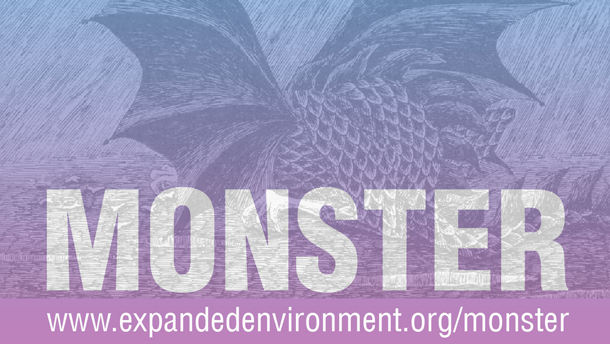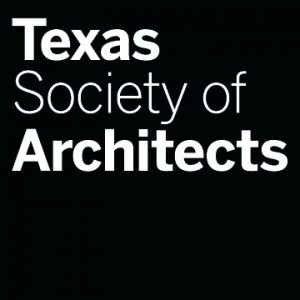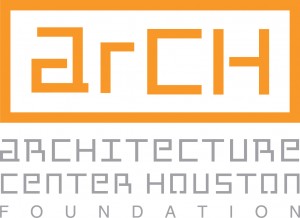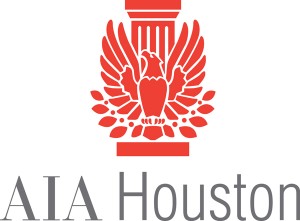UPDATE: REGISTRATION IS CLOSED! THANKS FOR YOUR INTEREST AND STAY TUNED FOR THE ANNOUNCEMENT OF WINNING PROJECTS LATER THIS SUMMER.
Monsters are strange, frightening and extreme combinations of unassimilable parts. Horse + Man = Centaur; Fish + Woman = Mermaid; random bits of humans and machine = Frankenstein. The Borg. We think our urban worlds are monsters too. Living things (people, animals, and ecosystems) combined, corralled and housed in inanimate shells. Densely populated villages of ramshackle construction; the rough edges of cracking pavement recolonized by hardy greenery.
Like Frankenstein’s Monster, architecture is an intimate amalgamation of in-animate and animate life. It is created by living things, influences their behavior, and communicates across time and space. But currently not much of it is smart, pretty or pleasant.
From the Latin root monere “to warn” monstrosity has many forms, combinations, distortions and perversions. As portents of evolution or harbingers of change and in contrast human values, monsters ultimately reflect of who we think we are or who we’d like to become.
Can we build a better monster? What are new relationships, new standards and new frameworks through which to discuss and understand the relationship between the living and non-living worlds? Or maybe there are monsters already amongst us…
SUBMIT YOUR PROJECT The Expanded Environment wants your multi-faceted, multi-dimensional, impure, unholy design proposals. Show us your ideas about how extreme combinations of architectural form, material, and programs can reshape not only our built worlds but the way we think of them. Submissions can include past work, current research and built or unbuilt projects. Written and previously unpublished essays are also accepted and will be judged in their own category. Projects should focus on solving, addressing or proposing architectural and/or urban issues and must actively incorporate at least one, if not more non-human design partners. Winning entries will be announced mid-summer 2015 and will be eligible for publication and exhibition. The First Place winner will be entitled to a $500.00 cash reward.
JURY:
Ariane Lourie Harrison, Critic, Yale University and Pratt Institute, GAUD
Catherine Ingraham, Professor of Architecture, Pratt Institute, GAUD. Author, Architecture and the Burdens of Linearity (1998) and Architecture, Animal, Human (2006)
Ryan Ludwig, Architect, AoP / Adaption of Parts
Haldre Rogers, Ecologist, Rice University
Mason White, Assoc. Professor of Architecture, John H. Daniels Faculty of Architecture, University of Toronto
Antonio Torres, Beastmaster, The Bittertang Farm
Michael Loverich, Beastmaster, The Bittertang Farm
Schedule:
Register by: May 29, 2015, NOW CLOSED
Submit projects by: June 29th, 2015
Winners Announced: August 2015
Fees:
Students and student teams: $50.00
Professionals: $150.00
We would like to thank our Sponsors!
Would your business like to sponsor this competition? Contact us for more details at: info@expanedenvironment.org












